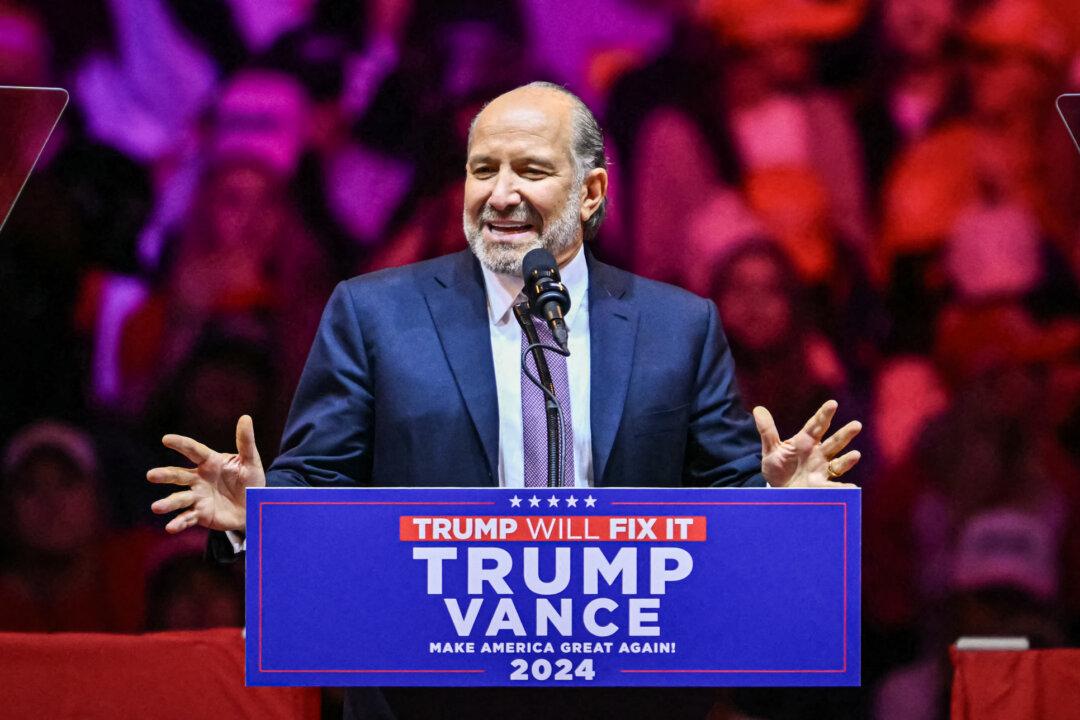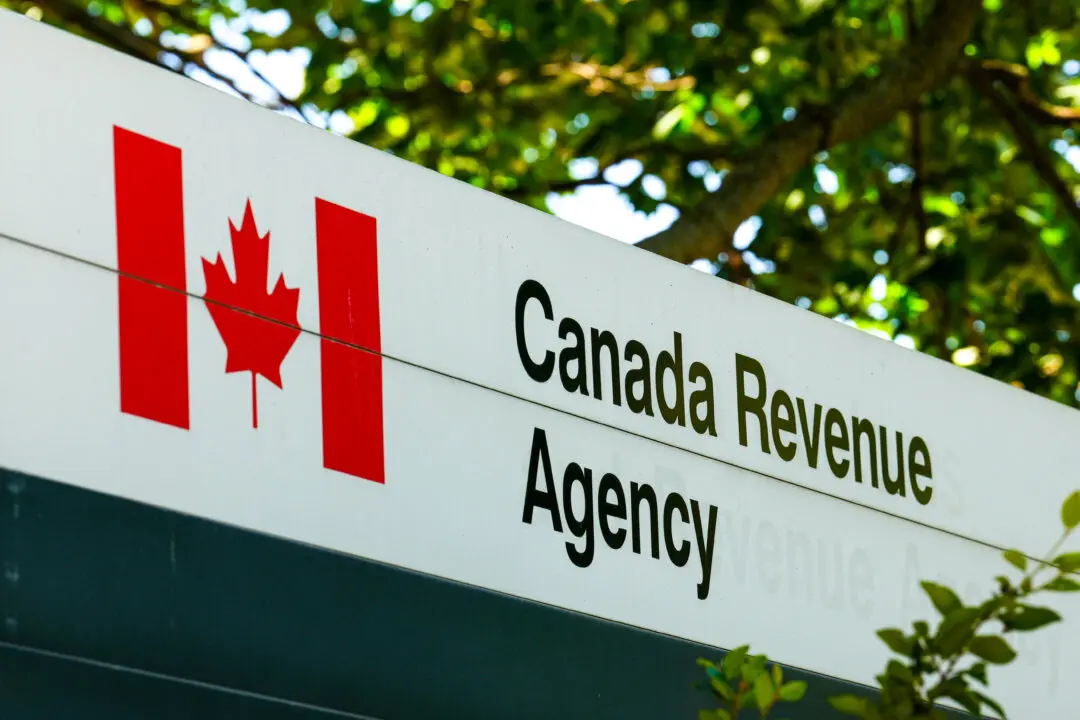U.S. President-elect Donald Trump has announced his cabinet pick to fulfill his campaign promise to impose broad tariffs, and although the ramifications for Canada remain to be seen, here is what the appointment could indicate.
Trump announced on Nov. 19 that Howard Lutnick will become secretary of commerce in his administration acceding to the White House in early 2025.






